Baltimore Bridge Collapse: What Can We Learn From a Health & Safety Perspective?
A 20th Century bridge meets a 21st Century ship
The Francis Scott Key Bridge in Baltimore was built through the mid 1970s and opened in 1977 spanning 1.6 miles and carrying 11.5 million vehicles annually.
Background on the structure of the bridge
There are two layers of protection called a “dolphin” structure made from concrete and a fender. The dolphins are in the water about 100 metres upstream and downstream of the piers. These are intended to be sacrificed in the event of any impact, absorbing the energy, and being deformed in the process, but ultimately keeping a ship from hitting the bridge itself.
Fenders are not intended to absorb impact from very large vessels, so in the case of the MV Dali, a 100,000 ton ship, it made it past the protective dolphins and was too large for the fender to withstand.
Given the size of the MV Dali, it is likely that it hit the bridge at a speed of around 8 knots (15km per hour), with an impact force of 20,000 tons.
Six Construction workers lost their lives
Six workers who fell into the Patapsco River when the bridge collapsed were killed. Only 3 bodies were recovered before divers had to suspend their search due to the dangers posed by the bridge’s debris.
Urgent warnings were given over radios to police enabling them to block traffic from getting on the bridge, which likely saved a lot more lives, but it seems these messages didn’t reach the construction workers who were killed.
This incident has raised questions about whether the construction company took proper precautions, including keeping a safety boat nearby that might have been able to warn them.
Accident statistics from bridge collapses
Over a 55-year span (from 1960 to 2015), 35 bridges collapsed around the world due to ship collisions, with 342 lives lost. This translates into around two such events every three years, with around 10 lives lost per incident. Over one-half of these events occurred in the United States (18).
The National Transportation Safety Board (NTSB) in the US looks into the aftermath of any transportation accident to identify what happened and provide recommendations that can lead to safer transportation in the future.
Occupational Safety and Health Administration regulations say construction companies performing work over waterways must have at least one safety boat available.
Some states in America have rules clarifying that boats aren’t required under certain conditions, such as when the work being done is contained within the guardrails of a bridge. But Maryland isn’t among them and does require that a safety skiff be present when workers are over or near water.
So what can be learnt from this incident?
The protection measures for this bridge are not enough to handle modern vessels. Given the bridge was built in the 1970s, it was not built with 100,000 ton ships in mind. Protection measures for bridges need to be evolving alongside the ships themselves.
Existing bridges need regular maintenance, especially older bridges with infrastructure that would not meet the requirements if it was being built today.
Construction companies need to ensure they have correct protocols in place in case of emergencies, including the presence of a skiff boat.
Photo credit – Baltimore’s Francis Scott Key Bridge – Larry Syverson













